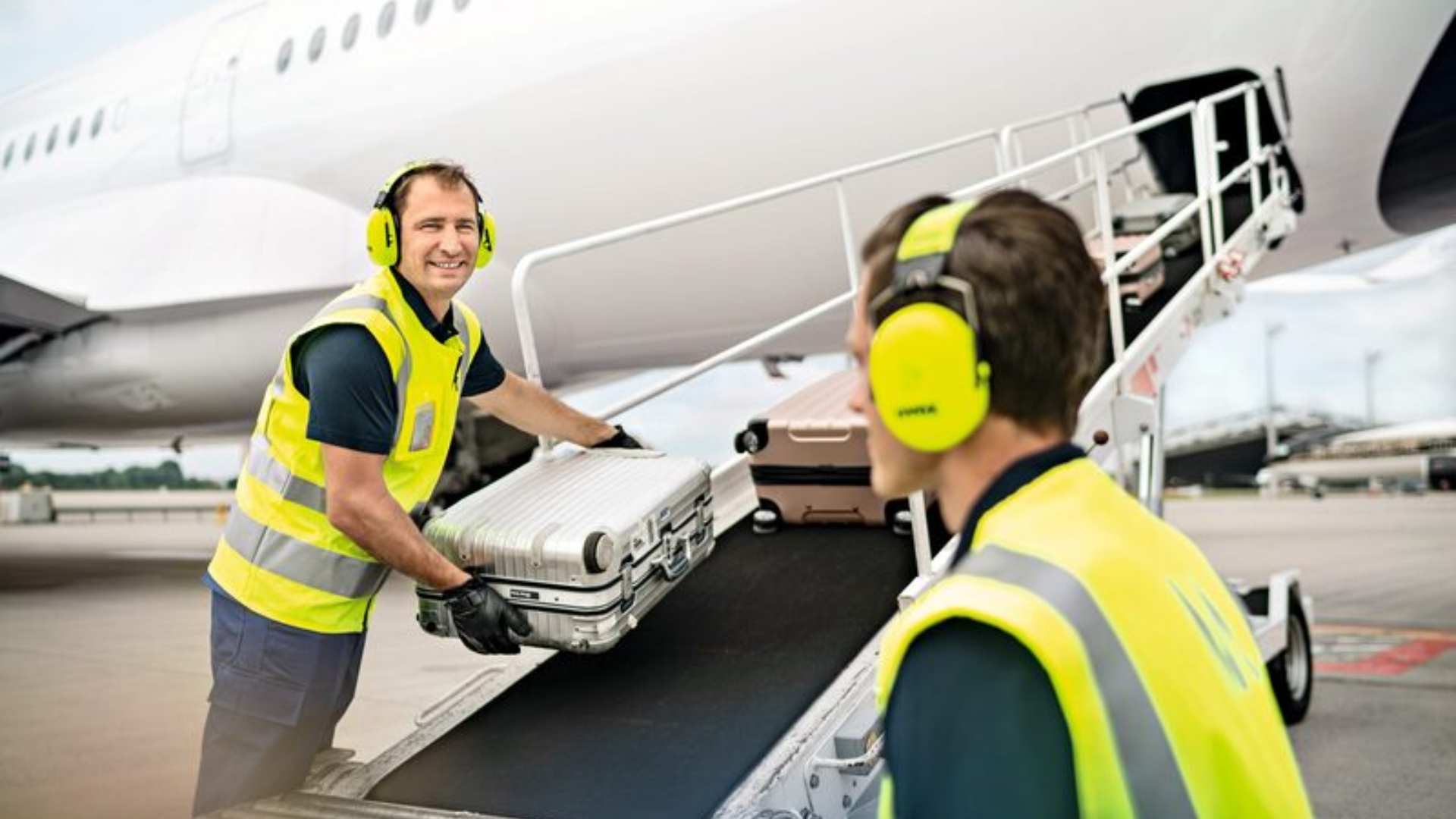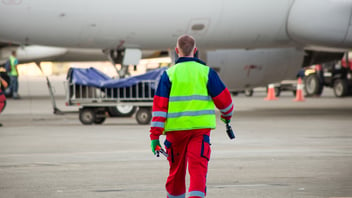Most airports have training records that look impressive on paper with every course ticked, every refresher done, every staff member “current” but does trained equal competent? That’s the question that keeps regulators and safety managers awake at night.
Completing a course and being able to apply the skill in a real-world environment are two very different things, and in aviation, “good enough” is never good enough.
Training isn't Competence
Airports spend significant time and money on training from classroom sessions, to simulations, refreshers, or online modules and, once those are done, the assumption often is: box ticked, move on.
Unfortunately, training only shows what people were exposed to, not what they can actually do:
- A technician might pass an online module on airside safety but still make critical errors under pressure.
- A ground handler might complete recurrent training but forget key procedures months later.
Why the difference matters
Tracking competence isn’t bureaucracy; it’s risk management.
When you can show evidence of demonstrated skills (not just training attendance) you gain clarity on who’s qualified for what, where the gaps are, and how to target refresher training effectively.
It also builds confidence across your organisation:
-
For regulators: It shows robust, evidence-based compliance.
-
For managers: It provides visibility of who’s ready for promotion or reassignment.
-
For staff: It reinforces professionalism and accountability.
Competence tracking turns workforce management from a compliance burden into a capability advantage.
The cracks in the current approach
Many airports still rely on spreadsheets, shared folders, or paper files to track skills, which works... until it doesn’t. Until records get lost, until supervisors move on and their files don't get transferred to the right person, or until he same skill gets recorded in five different places.
Suddenly an audit rolls around and teams scramble to prove that everyone is up to date.
Even the best-run airports risk non-compliance when their data isn’t connected. The problem isn’t effort; it’s visibility.
The smarter way: tracking skills on the job
A modern approach combines training data + on-the-job performance to give a true picture of workforce capability.
That means capturing:
-
Practical assessments: Observations and sign-offs by supervisors.
-
Theoretical training: Online or in-classroom sessions equipping staff with theoretical knowledge.
-
Proficiency checks: Regular validation of core operational skills.
-
Competency matrices: Mapping who can do what across roles and sites.
-
Automatic reminders: Ensuring renewals happen before they lapse.
Together, these create a living record of capability instead of a static training log.
Closing the gap
Klayo brings all of this together in one place. It connects your training records, job requirements, and practical assessments so you can see, at a glance, who’s trained, who’s competent, and where action is needed.
By automating reminders and consolidating data, airports can move from reactive “audit panic” to proactive workforce assurance.
It’s not about replacing human oversight; it’s about giving your people the clarity and confidence to focus on what actually matters: safe, efficient operations.
Competence builds confidence
When airports can prove that their people not only know what to do but can do it well, everything gets easier: audits, scheduling, performance reviews, even recruitment.
Because in aviation, excellence isn’t optional. It’s operational. And the moment you stop measuring competence, you start guessing.
In an industry where there’s no room for guesswork, that’s when “good enough” stops being enough.




